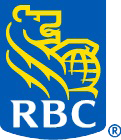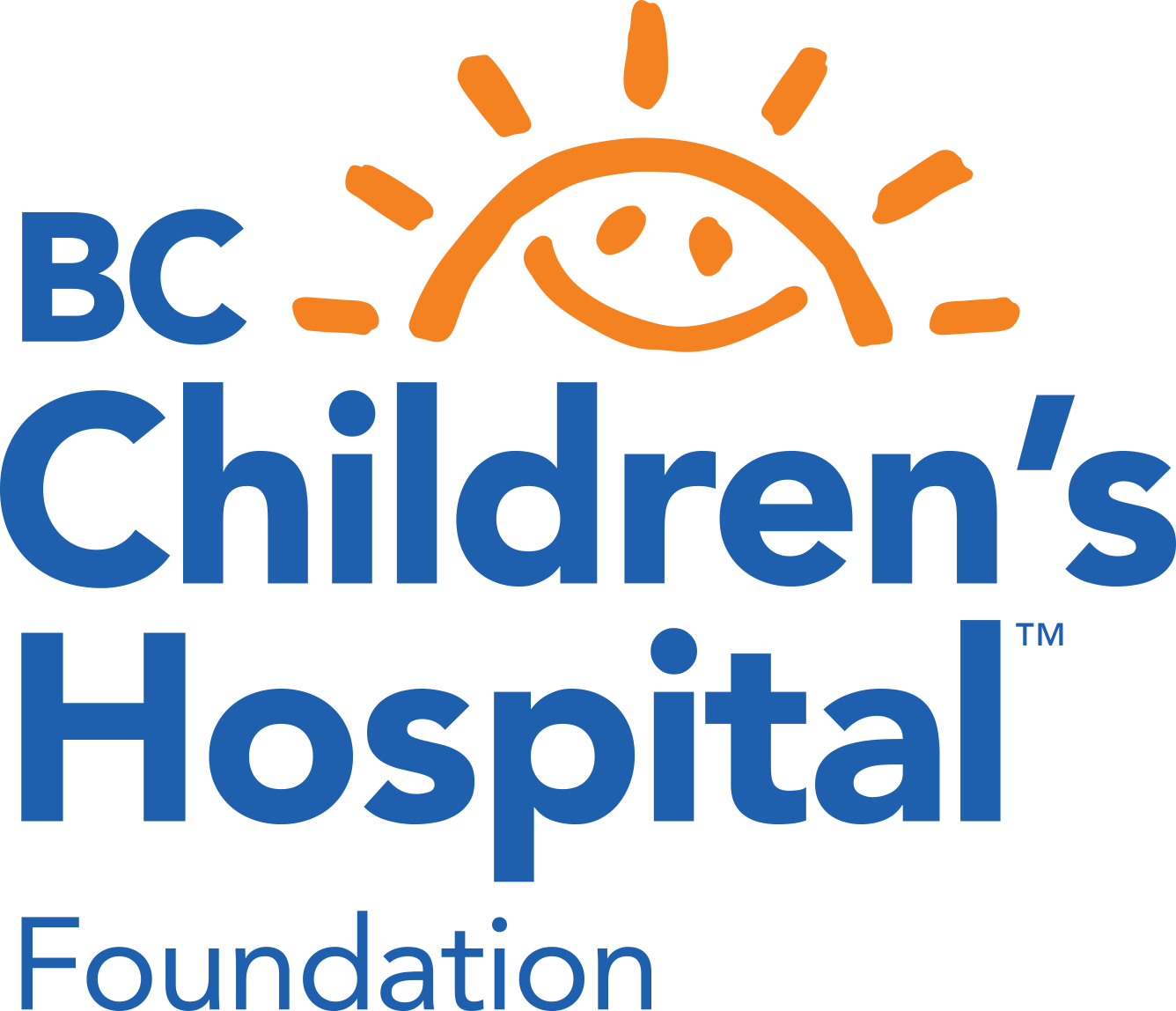A person with bipolar disorder has extreme changes or swings in moods, from mania to depression. This illness is called "bipolar" disorder because of the two "poles" of mood. It is sometimes called manic depression because people have periods of mania and periods of depression.
The word "manic" means a person feels overly excited and confident. They may then quickly change to feeling confused, irritable, angry, and even full of rage.
A person with depression feels very sad or may lose interest in things they used to enjoy. Sometimes people with bipolar disorder are diagnosed as having major depression by mistake.
People can also have symptoms of mania and depression at the same time. These periods are called mixed episodes. They may have normal moods between mood swings.
We do not know the exact cause of bipolar disorder. It seems to involve several factors that are both genetic and environmental. Children and youth with this disorder tend to get worse over time if they do not get the proper treatment. They may have difficulties with substance use, get into accidents or not do well in school. They are also at risk for coming in contact with the justice system or to die by suicide.
There are different types of bipolar disorder.
- Bipolar I disorder is when someone:
- has manic episodes that last at least 7 days (most of the day, nearly every day)
- has manic symptoms that are so severe that hospital care is needed
- usually has episodes of depression as well, and usually for at least 2 weeks
- may also have episodes of mood changes with mixed features
- may experience four or more episodes of mania or depression within a year called "rapid cycling".
- Bipolar II disorder is when someone has depressive and hypomanic episodes and the manic episodes are less severe than in bipolar I disorder.
- Cyclothymic disorder is when someone has recurring symptoms that are not intense enough or do not last long enough to be called hypomanic or depressive episodes. This disorder is also known as cyclothymia.
There is also a newer diagnosis for children who often have abnormal mood changes - Disruptive Mood Dysregulation Disorder. Children and youth with this disorder usually have regular and lasting mood and temper outbursts at least three times a week for at least a 12-month period.
There is no cure for bipolar disorder at this time. However, the symptoms can be managed with proper treatment, understanding, and life changes.
When does it start?
Bipolar disorder can happen at any age but it is not common in young children and early adolescence. Most people with bipolar disorder have their first episode of mania or hypomania late in adolescence or early adulthood. Before their first episode, young people often experience other issues such as anxiety and depression.
Between 1-2% of all people are affected by bipolar disorder. The diagnosis can be made by a trained professional (such as a psychiatrist, psychologist, or pediatric neurologist). They use information from a child or youth’s home, school, and a clinical visit to diagnose bipolar disorder.



